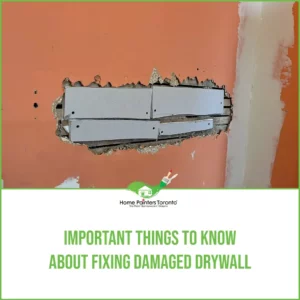When it comes to drywall issues, you may have looked at the surface of your walls and ceilings and seen that they’re not as shiny as they used to be. Drywall damage is a common problem in most households and is caused by neglecting the maintenance of these areas. The damage can seem minor, but it can lead to more severe issues. Some patches are more significant than others, but in most cases, the wall does not need to be rebuilt. Since the size of a repair is determined by the number and size of holes, as it turns out, repairing the wall is easier than it first seems. To replace a damaged section of the wall, simply patch in a new one.

Typical Drywall Issues
1. Cracks
Just how likely cracks are bound to happen on drywall is dependent on the installation. There are plenty of things that can lead to cracks as a whole. House settlement and temperature fluctuations are two other top reasons.
They usually happen near seams and the like of ceilings, doors, windows and corners. They should not be taken lightly or ignored. If that happens, the cracks will only get bigger, which compromises the property’s strength as a whole.
Moreover, the longer even a single crack is left unaddressed, the more expensive damage control and/or repair will be when the proper attention is finally paid to it.
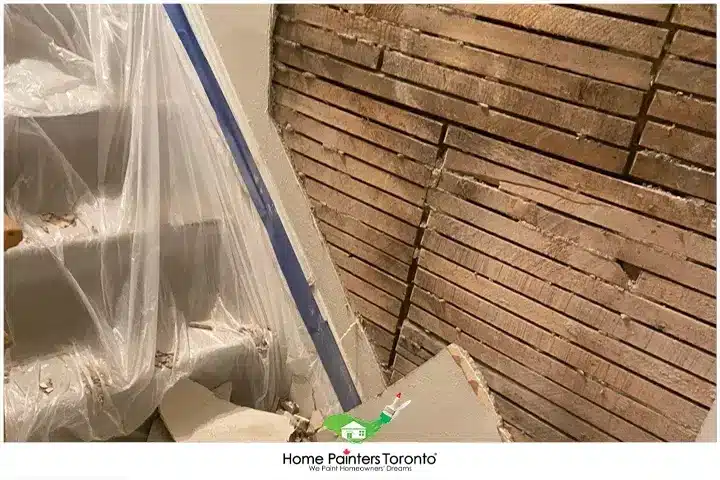
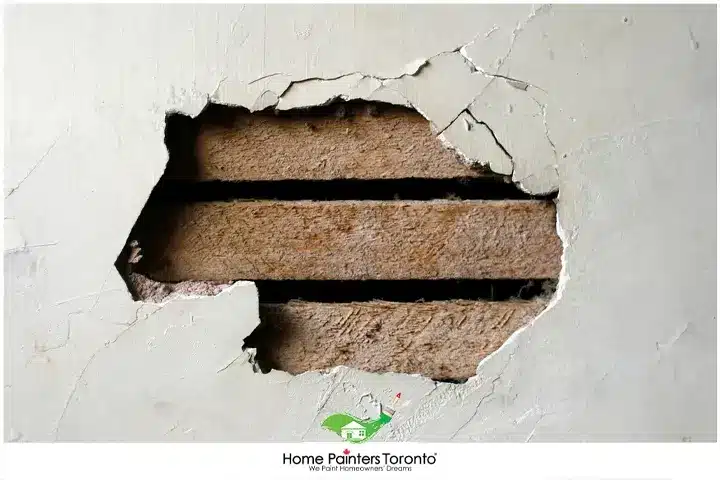
2. Holes
No matter what size they are, holes should be patched or repaired immediately. It can be anything from an accidental piece of furniture falling through to a misplaced nail that was hammered through.
3. Moisture
You don’t really think about water when it comes to walls, so that’s a red flag in itself. Hence, water isn’t associated with construction in general. When plaster gets exposed to water, it can get pretty delicate, brittle or whatnot.
Still, plaster gets a whole lot of water exposure. It will end up going back to its original, mucky, unstable form that’s best described as pasty. Drywall is usually exposed to water in cases of flooding, plumbing leaks, or a roof leak.
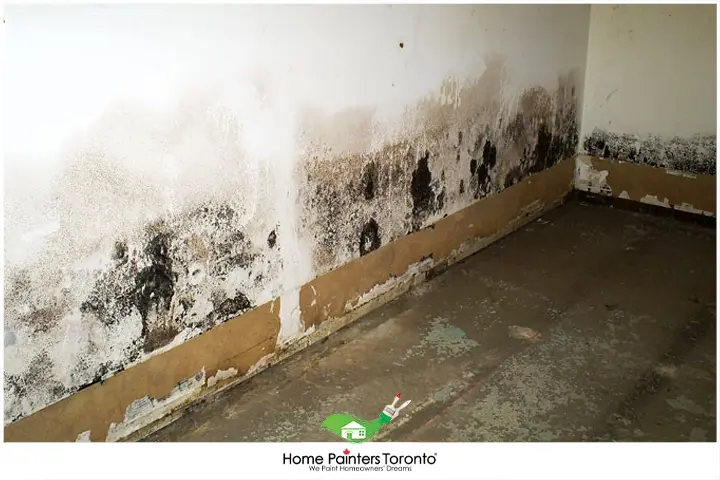
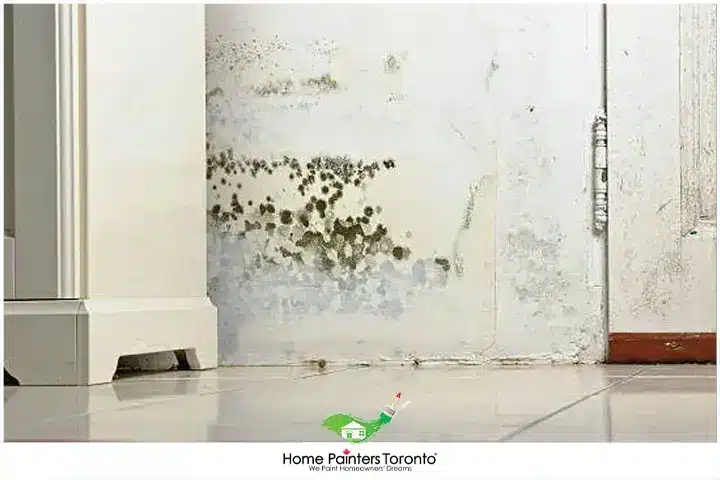
4. Mould
Mould growth is inevitable when water and drywall end up mixing up somehow. They can end up starting to come about in panel cores.
That environment is usually a moist one, with moisture feeding on organic materials and top paper layers. The former usually come into the equation because they are usually added to the plaster when it’s being made.
5. Termites
While it may seem like termites will basically eat an entire drywall away, evidently, that’s simply not true. They don’t eat the plaster. However, they will absolutely decimate the paper layers like there’s no tomorrow.
That’s a problem because the paper is also involved in the walls being painted. So if paper damage ends up manifesting, there will also be paint damage. Drywall is a great material for homes but they are also rather prone to damage. Repairs are usually done through patching; it’s important to know common issues. This includes mould, holes and termites.
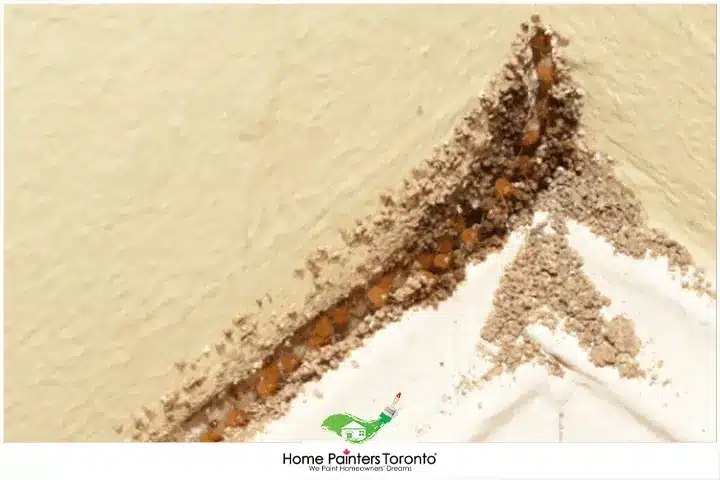
When to Call in Professional Drywall Repair
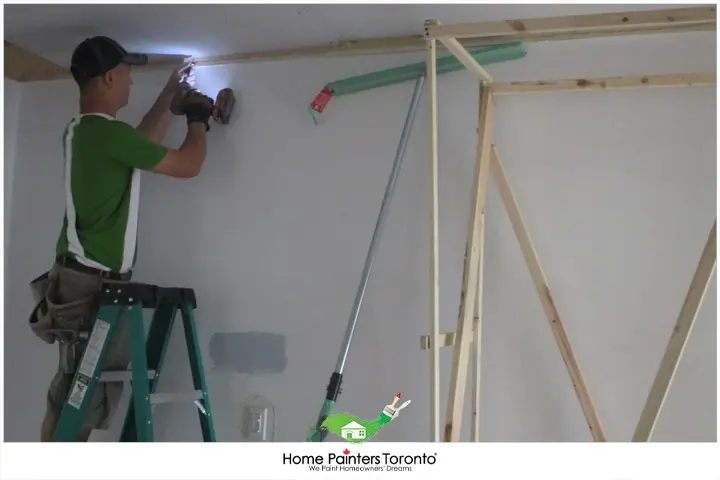
It’s true that in the realm of drywall maintenance, there are many problems that a resourceful business owner or savvy homeowner can tackle. A simple hole, a protruding nail, a minor dent – these are all drywall problems where a bit of DIY spirit can go a long way. However, there are certain scenarios where it’s wise to bring in a professional drywall contractor. Let’s arm you with the knowledge of knowing that crucial difference.
1. Severe Water Damage
If your drywall has suffered extensive water damage, it can be a breeding ground for dangerous mould and mildew. In these cases, it’s imperative to enlist the services of a professional. They will not only handle the removal and replacement of the affected drywall but also help you identify and treat the source of the water leakage. This is a job for experts who are well-equipped to deal with potential health hazards.
2. Larger Holes and Cracks
Repairing large holes and cracks can be a complex task, where the affected area must be cut out and replaced with a new piece of drywall. Getting a good drywall job is important, as it affects both the aesthetic and structural integrity of your walls. An experienced professional can ensure the transitions between old and new drywall are seamless and unnoticeable.
3. Tall and Hard-to-Reach Areas
High ceilings? Stairwells? Corners over appliances? If the drywall issue you’re dealing with is located in a tricky, hard-to-reach area, it may be safer and more efficient to engage a professional. Trained pros have the proper gear and tools to work safely and effectively in these areas.
4. Asbestos Contamination
If your property was built before 1980 and has never had its drywall replaced, it’s possible it contains asbestos—a material linked to dangerous health issues. If you suspect your drywall has asbestos, immediately call an expert to handle it. This is not a situation where you should risk exposure.
Picking up the phone and having an expert over isn’t admitting defeat; instead, it’s about making the right decision for the safety and longevity of your property. The mantra here is to work smarter, not harder. By understanding when you need to call in the professionals, you drive home the winning goal—an immaculate and well-maintained drywall that stands the test of time!
Top Related Blogs Related to
“HERE’S WHAT YOU SHOULD KNOW ABOUT TYPICAL DRYWALL ISSUES”
Looking for painters in Toronto who can help with your drywall? Reach out to Home Painters Toronto! We offer residential and commercial painting as well as interior and exterior painting services in Toronto and the GTA. Call us at 416.494.9095 or email [email protected] today and GET A FREE ESTIMATE! And, don’t forget to check us out on our social media channels below!


